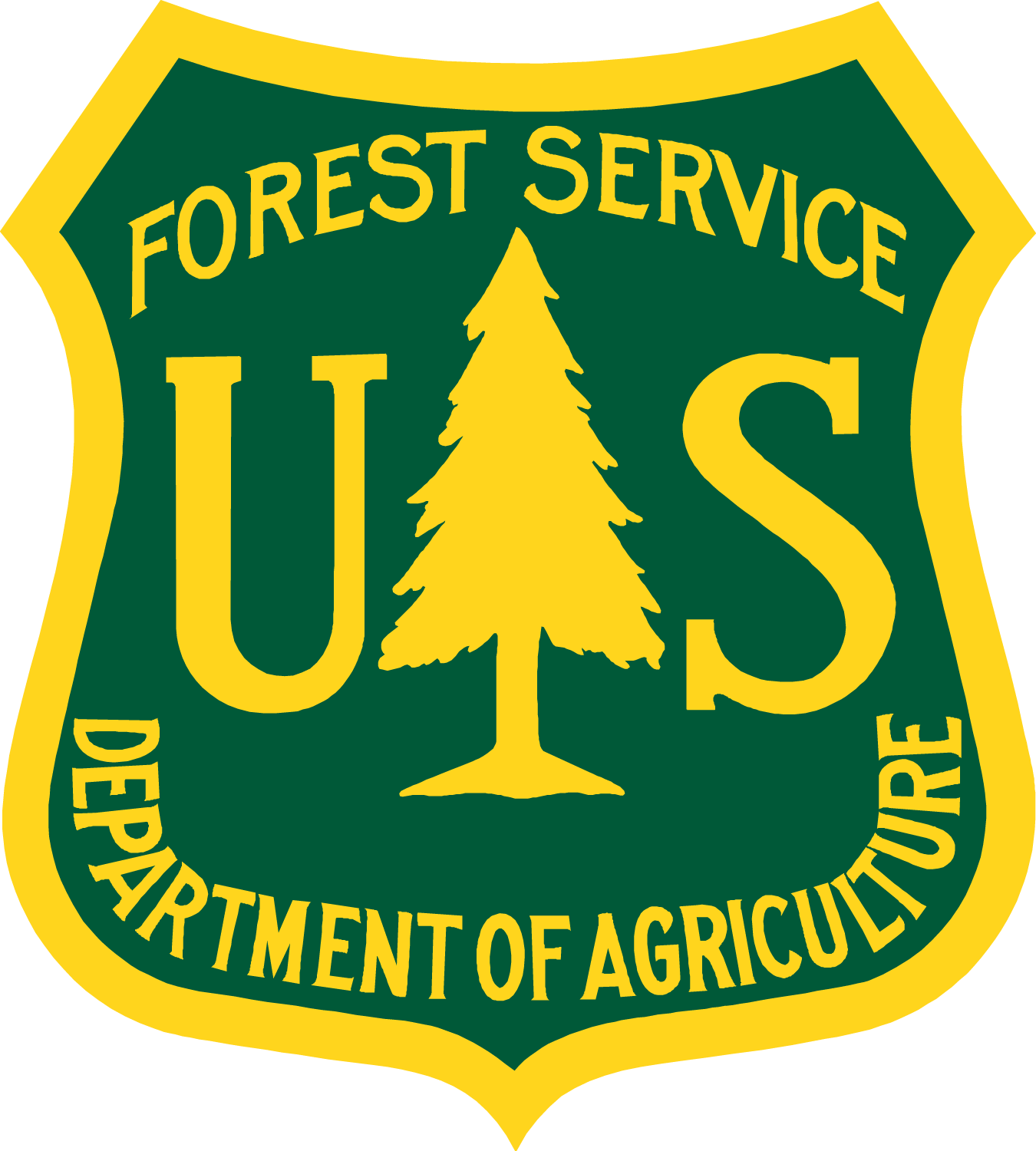Natural Benefits
- Trees (sometimes called dendroremediation) are more effective than grasses and small plants in phytoremediation because of their deep root structures and high volume of water uptake.Gansauer, Grete. (2012). Trees in Phytoremediation.
- Phytoremediation has additional benefits beyond removing heavy metals, such erosion control and reduced health risks.Lew, Darrin. (2016). Advantages and Limitation of Phytoremediation.
- Traditional remediation methods often require soil to be removed for washing, burning, or chemical stabilization which drastically alters the landscape and disturbs local ecological systems.Siccardi, Eugenia. (2016). Phytoremediation: Plants are (always) good to us.

Economic Incentives
- Phytoremediation using trees brings economic possibilities for the future through biomass production for energy and timber sales.Jiang, Ying, Lei, Mei, Duan, Lunbo, Longhurst, Philip. (2015). Integrating phytoremediation with biomass valorization and critical element recovery: A UK contaminated land perspective. Biomass and Bioenergy, 83, 328-339
- Although excavating contaminated soil is faster, the cost of phytoremediation is 50% lower than traditional remediation.US EPA. (2001). Brownfields Technology Primer: Selecting and Using Phytoremediation for Site Cleanup.
- Redeveloping and cleaning brownfields brings new jobs through construction and maintenance and raises property value by 15% once the project is completed.US EPA (2017). Overview of the Brownfields Program.
Limitations
- Trees and plants take time to absorb toxins, so they are not the most effective approach for rapid redevelopment projects.
- Trees and plants from brownfields need to first be tested for high levels of heavy metals and other chemicals before consumption and sale.Jiang, Ying, Lei, Mei, Duan, Lunbo, Longhurst, Philip. (2015). Integrating phytoremediation with biomass valorization and critical element recovery: A UK contaminated land perspective. Biomass and Bioenergy, 83, 328-339


